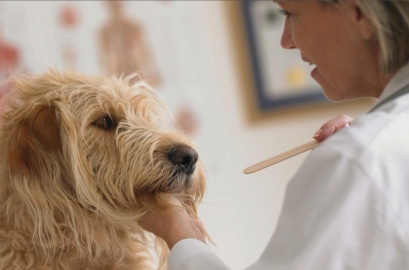- All products are added to your cart.
Hygiene measures dogs and cats
Hygiene Measures for Dogs and Cats
Apart from unconditional love, having a pet offers numerous benefits, including lower blood pressure, cholesterol levels, increased physical activity, and prevention of loneliness.
Dogs and cats can directly transmit diseases to humans through licking, biting, scratching, and indirectly through insects like fleas and ticks. Additionally, they can spread infectious organisms in our environment through their feces. This group of animal-to-human transmissible pathogens is referred to as zoonoses.
Most diseases that can be contracted from dogs and cats are caused by bacteria, single-celled and worm-like parasites, and viruses (such as rabies). Individuals with weakened immune systems and children are at the highest risk of contracting diseases from these conditions.
The list of diseases that can be transmitted from dogs and cats to humans is long, but the risk is low, especially with proper precautions.
Pay special attention to bites, scratches, and licking.
Although the risk of infection is higher when shaking hands with someone than from a bite, scratch, or lick from a dog or cat, it is important to note that these animal contacts can cause infection when they penetrate the skin or come into contact with mucous membranes of the mouth, nose, or eyes. A dog or cat carrying pathogens usually shows no symptoms, but once they enter the human system, they can cause various diseases.
The Rabies (hydrophobia) virus is the most dangerous pathogen that a cat or dog can transmit through saliva. Fortunately, rabies in humans is very rare, and most cases are caused by bites from wild animals. The reason for this rarity is effective vaccination programs.
A cat licking its fur can transmit the Bartonella bacterium from its mouth to its paws and vice versa. In such cases, a scratch or lick can transmit cat scratch disease, usually recognizable by swelling at the wound site, but gradually affecting the liver, eyes, and central nervous system.
Here are a few methods to prevent infections via saliva:
- Ensure proper socialization to reduce the likelihood of biting or scratching.
- If bitten or scratched, thoroughly wash the wound with water and soap. Watch for swelling and redness. It is advisable to have more serious injuries checked by a doctor.
- Ensure your pets are well vaccinated.
Feces
While no one intentionally touches or ingests pet feces, exposure can still occur. Contaminated groundwater or other materials can contain pathogens, potentially spreading diseases such as Salmonella, Toxoplasmosis, or Giardia parasites.
Precautions to take include:
- Ensure your pet undergoes regular check-ups with your veterinarian.
- If your pet experiences diarrhea, treat it promptly.
- Wash your hands thoroughly after cleaning up your dog's or cat's feces and after gardening.
- If you are pregnant, have someone else clean the litter box.
Fleas and Ticks
Fleas and ticks carried by your dog or cat can also be transmitted to humans, although they prefer hairy hosts. These parasites can transmit various bacteria, such as Lyme disease.
Follow these tips to stay insect-free:
- Use suitable preventive measures to avoid fleas and ticks.
- Regularly check your pets for fleas and ticks.
- If your dog or cat has fleas, treat both the animal and its environment.
- If you find a tick on your pet, remove it immediately and wash your hands.
The message is clear: Wash your hands thoroughly and take other necessary hygiene measures, and ensure proper veterinary care for your pet. This reduces the already low risk of infection thanks to your "best friend."
If you want to take preventive measures to avoid possible infections or if you want to thoroughly clean and disinfect after a potential outbreak, we recommend using the product VirkonS.


